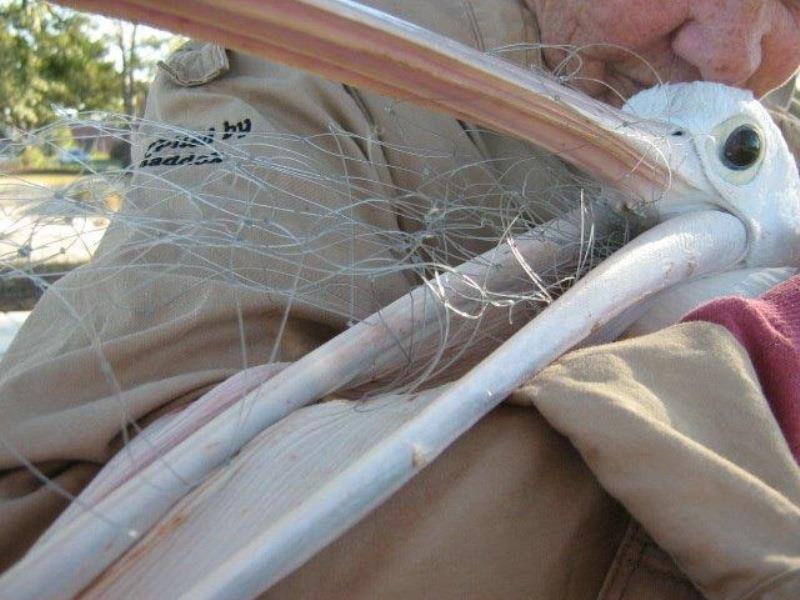
Sink or Swim: mismatch between land and seafloor debris revealed in global study
by CSIRO 7 May 2020 15:24 UTC

Mismatch between land and seafloor debris revealed in global study © CSIRO
The Journal of Environmental Pollution has published a study by scientists at CSIRO, Australia's national science agency; Project AWARE, a global non-profit connecting community action and policy; and Ocean Conservancy, a US-based advocacy non-profit, that evaluated the relationship between land-based debris and what is found on corresponding seafloors.
In the first global analysis of its kind drawing on data obtained from two global, volunteer-based surveys, Project AWARE's Dive Against Debris seafloor survey and Ocean Conservancy's International Coastal Cleanup of beach and nearshore debris, the research showed a general mismatch between what is located on shorelines and what remains on the seafloor.
Statistical analysis by CSIRO scientists suggests that buoyancy, as well as the tendency to snag, most closely predicts whether an item found on the beach will also appear under the water.
"Many of the items recorded on land - such as cigarette butts - are rarely seen on the seafloor; our analysis shows that this is likely because certain items are simply more likely to 'swim away' than sink," CSIRO Postdoctoral Researcher Dr Lauren Roman, who led the study, said.
"Conversely, items that sink or entangle like fishing line and plastic bags were found in comparable amounts on both land and underwater."
"Both plastic bags and lost or abandoned fishing gear, also known as ghost gear, are among the top five deadliest forms of marine debris to marine wildlife," Chief Scientist at Ocean Conservancy Dr George Leonard said.
"It is troubling that these items are similarly prevalent on shorelines as well as in coastal waters. These are habitats where the majority of marine organisms make their home."
"Our study makes a strong case that not only do beach and underwater cleanups provide critical, complementary data about the extent of debris in the ocean, but that concerted action is needed on those items common to both habitats," Dr Leonard added.
Policy Lead for Project AWARE Hannah Pragnell-Raasch said the research demonstrated the critical need for empirical debris data from both land and seafloor surveys.
"Land data are not a proxy for seafloor debris and vice versa," Ms Pragnell-Raasch said..
If we are to succeed in strengthening waste management policies to prevent debris from entering the ocean, we must have both types of data to guide our decision making,"
CSIRO scientist Dr Denise Hardesty, who oversaw the analysis at CSIRO, said the research highlighted the valuable role that citizen science can have in providing scientifically robust data with real management and policy implications.
"This complements the work being done by academic scientists around the world," Dr Hardesty said.
The data used in the research was collected by volunteer citizen scientists between 2011 and 2018, spanning 86 countries and covering over 19,000 land and seafloor sites.
Over 32 million debris items were recorded through Ocean Conservancy's International Coastal Cleanup (ICC) surveys and more than 915,000 items were recorded through Project AWARE's Dive Against Debris seafloor surveys.
The most common items found on the seafloor through Project AWARE's Dive Against Debris surveys were fishing line, plastic fragments, metal cans, plastic beverage bottles, glass bottles, food wrappers, rope, plastic bags and construction waste.
The most common items found along coastlines through the ICC included cigarettes, plastic fragments, food wrappers, plastic beverage bottles, plastic bottle caps, synthetic foam, plastic bags, metal cans, and glass bottles.
Collectively, the analysis found that the 10 most common items across both habitats are: cigarettes, fishing line, plastic fragments, food wrappers, plastic bottles, glass bottles, plastic bottle caps, metal cans, plastic bags and synthetic foam.
Of these, seven items are wholly or partially made of plastic, while five are directly tied to the food and beverage industry.